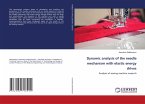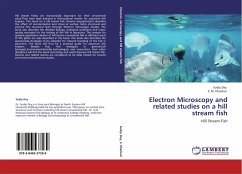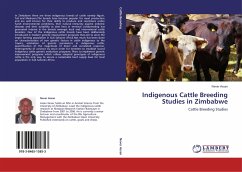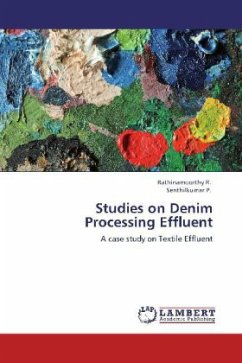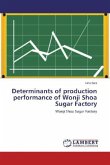Motivation of this book was the reaction mechanism studies involving weakly bound 7Li projectile for a number of systems covering light to heavy target range. The motivation for this research work was stimulated from the rapid developments in Radioactive Ion Beam (RIB) facilities in recent times. Since, presently available radioactive beams are less in intensity and are of poor beam quality, some more developments in accelerator technology are needed to improve the standard and reliability of these beams. In the meantime, one can use weakly bound stable beams, viz., 6,7Li, 9Be for the study of break-up of these nuclei on various targets. This can provide a strong basis for studies involving radioactive nuclei. Keeping these things in mind, these important phenomena of break-up in case of weakly bound 7Li nucleus was studied in detail.
Bitte wählen Sie Ihr Anliegen aus.
Rechnungen
Retourenschein anfordern
Bestellstatus
Storno



